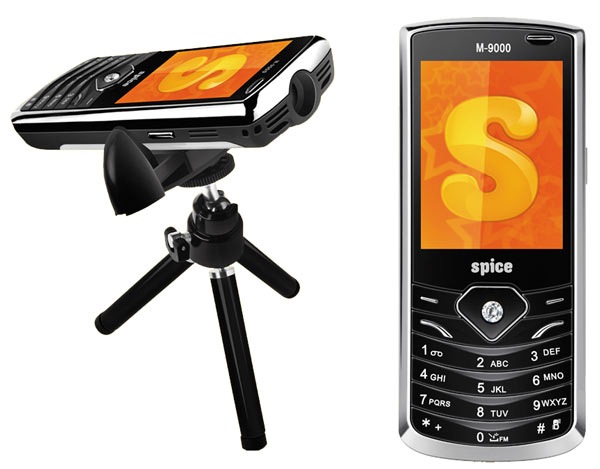Mobile handset market in India to witness tremendous growth in next 5 years
The Indian mobile handset market is expected to continue its upward trajectory if a recent report by Frost and Sullivan is to be believed. The report continues to portray the happy sentiments in the mobile industry in the country.
India has reached the coveted position of the second largest mobile handset market in the world after China. And it is expected to become even bigger with 208.4 million phones being shipped by 2016 at a CAGR of 11.4% between the period of 2010 – 2016.
For people who were wondering whether the 2G scam resulted in the destruction of small scale players, Frost and Sullivan thinks that, there would be a threefold increase in the number of telecom participants by next year. In short, as of last year India had about 68 mobile handset players, and if the report is to be believed it will go above 200 !
This would result in further competition and squeezing of profit margins; though I personally wonder on the survival ability of these operators without proper infrastructure and network towers. Operators like Etisalat, Videocon, Uninor have struggled in every way to stamp their authority in the Indian market.
Another interesting part of the survey is the increasing use of smartphones by the Indian consumer. While the revenues in the urban areas are reaching saturation point, many mobile manufacturers like Micromax, Karbonn etc. have started manufacturing phones for the rural and semi–urban areas too. These phones are replete with all the basic features along with special features like insect repellant’s etc.
As was thought and has been discussed threadbare, the proliferation of Web 2.0 and Internet surfing is expected to rise across the country with the increase in use of smartphones.
This is the reason the mobile handset market expects the revenue to rise from US $255 billion to US $350 billion. The smartphone market is expected to grow tenfold to 30 Million units by 2016 from just about Rs 2.9 million units currently.
Another important analysis of the survey is the fact that more than 70% of the Indian population still consumes only voice services. But with the onset of 3G and cheaper data usage options, this is expected to change in the near future.











